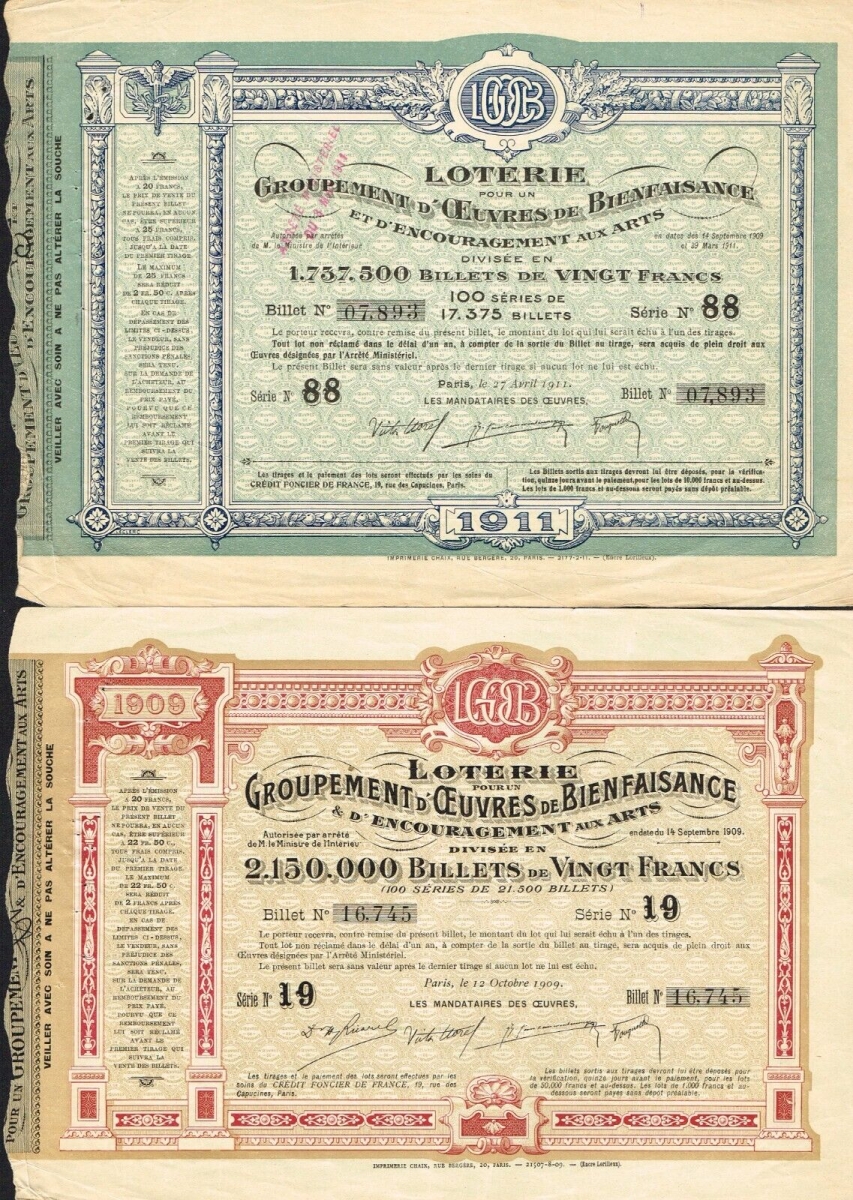- About MAA
- Membership
- MAA Publications
- Periodicals
- Blogs
- MAA Book Series
- MAA Press (an imprint of the AMS)
- MAA Notes
- MAA Reviews
- Mathematical Communication
- Information for Libraries
- Author Resources
- Advertise with MAA
- Meetings
- Competitions
- Programs
- Communities
- MAA Sections
- SIGMAA
- MAA Connect
- Students
- MAA Awards
- Awards Booklets
- Writing Awards
- Teaching Awards
- Service Awards
- Research Awards
- Lecture Awards
- Putnam Competition Individual and Team Winners
- D. E. Shaw Group AMC 8 Awards & Certificates
- Maryam Mirzakhani AMC 10 A Awards & Certificates
- Two Sigma AMC 10 B Awards & Certificates
- Jane Street AMC 12 A Awards & Certificates
- Akamai AMC 12 B Awards & Certificates
- High School Teachers
- News
You are here
A Selection of Problems from A.A. Markov’s Calculus of Probabilities: Problem 2 – An Application to a Contemporary Lottery
Review statement of Problem 2.
For example, let us turn our attention to a lottery which, in the past, was played in France and many regions of Germany.7

Figure 5. Two billettes from French lotteries, one dated 27 April 1911 (upper image),
the other 12 October 1909 (lower image). Offered for auction at eBay, September–October 2023.
It consists of 90 numbers and, in each drawing, five numbers appeared. By the rules of the lottery, it was possible to place one or another amount on any numbers, or on any set of two, three, four or, finally, five numbers, which were called, respectively, l'extrait simple, l'ambe, le terne, le quaterne, and le quine.
If the five published numbers were found in the set on which the player placed an amount, then the administrator of the lottery gave an agreed-upon sum, found by a specific ratio to the amount of the bet, to that player.
These ratios are:
for l'extrait simple............................................................................................................ 15,
for l'ambe....................................................................................................................... 270,
for le terne.................................................................................................................... 5500,
for le quaterne........................................................................................................... 75 000,
for le quine............................................................................................................ 1 000 000.
In order to calculate the probabilities that l'extrait simple, l'ambe, le terne, le quaterne, and le quine appear, we should set \(n = 90\) and \(m = 5\) in the expression \(\frac{m (m-1) \cdots (m-i+1)}{n(n-1) \cdots (n-i+1)}\) we found, and give \(i\) the values \(1, 2, 3, 4, 5\), consecutively.
In this way, we find that the probability of the appearance of
l'extrait simple is equal to ................................................................................... \(\dfrac{5}{90} = \dfrac{1}{18}\),
l'ambe......................................................................................................... \(\dfrac{5 \cdot 4}{90 \cdot 89} = \dfrac{2}{801}\),
le terne........................................................................................... \(\dfrac{5 \cdot 4 \cdot 3}{90 \cdot 89 \cdot 88} = \dfrac{1}{11\,748}\),
le quaterne .......................................................................... \(\dfrac{5 \cdot 4 \cdot 3 \cdot 2}{90 \cdot 89 \cdot 88 \cdot 87} = \dfrac{1}{511\,038}\),
le quine................................................................................ \(\dfrac{1}{511\,038} \cdot\dfrac{1}{86} = \dfrac{1}{43\,949\,268}\).
Therefore, if the player's bet is \(M\), then the mathematical expectation8 of his profit from participating in the lottery
is expressed by:
in the case of l'extrait simple........................................................... \(\left(\frac{15}{18} - 1\right) M = -\frac{1}{6} M\),
in the case of l'ambe.................................................................... \(\left(\frac{540}{801} -1\right) M = -\frac{29}{89}M\),
in the case of le terne........................................................... \(\left(\frac{5500}{11\,748} - 1 \right)M = -\frac{1562}{2987}M\),
and so on.
In all cases, as we see, the mathematical expectation is a negative number; consequently, the lottery in question represented a game that was far from harmless.
This result corresponds to the fact that the lottery yielded a significant profit for its organizers.
Continue to statement of Problem 3.
[7] One of the earliest such lotteries was the Génoise Lottery in France in the early 17th century. It was used there and in other countries to replenish government treasuries. See [Maistrov 1974], and the references contained therein, for more information.
[8] The Russian term “математическое ожидание” translates as “mathematical expectation.” It is more common to say “expected value” in modern terminology.
Alan Levine (Franklin and Marshall College), "A Selection of Problems from A.A. Markov’s Calculus of Probabilities: Problem 2 – An Application to a Contemporary Lottery," Convergence (November 2023)




